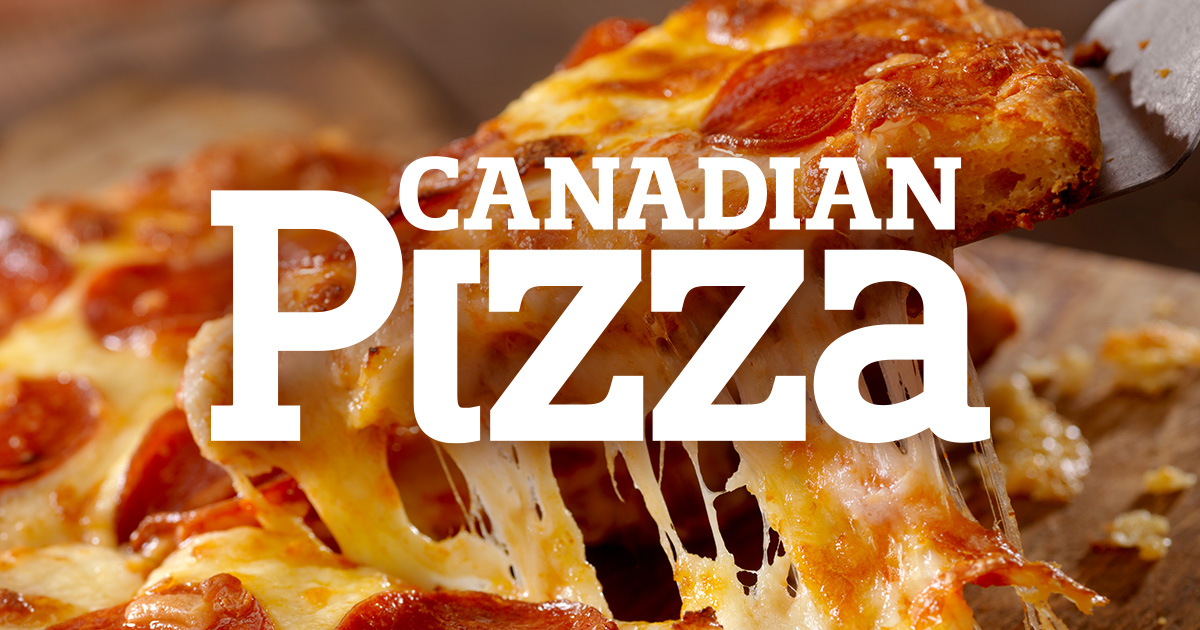
Making Dough with Diane: Five easy ways to increase the average cheque at your pizzeria
Diane Chiasson
Features Business and Operations Marketing
Whether you are the owner or manager of a pizzeria, your main objective is to expand your cheque average-boosting portfolio with new strategies to enhance its profitability. To run a successful small pizza operation, you need to know how to boost your profits and increase your average pizzeria revenue. Tracking your cheque average is the first step to improving your bottom line.
Here are five easy ways to increase the average cheque.
1. Take a close look at sales data
To get a complete picture of your pizzeria’s financial health, you should start by looking at your pizzeria’s data. Review your sales numbers, inventory management reports, employee statistics and customer data. Analyze every item on your menu to see what sells and what doesn’t. You must identify your best-selling products (in terms of quantity) for appetizers, salads, chicken wings, pizzas, sandwiches, panzerottis/calzones, garlic breads, dipping sauces, sweet treats, drinks and anything else that you sell. You also need to understand which items are not performing well. You need to know which products are your most profitable items and which products sell well but are not hugely profitable. Finally, keep an eye on your overheads, such as your pizzeria’s administrative, commercial and payroll expenses. Controlling these overhead costs is extremely important for boosting your pizzeria’s profitability.
2. Re-examine your menu and emphasize the Golden Triangle
Menu engineering is critical if you want to increase your sales. Your menu should be a strategic tool you can use to increase revenue quickly. You should always draw your customers to more profitable items by including high-margin items in the Golden Triangle. The Golden Triangle is where you should have your high-profit margin items. When customers read a menu, their eyes typically go first to the centre, then the top right, and then the top left. In the restaurant business, this is called the prime real estate area. In addition to proper item placement, you should draw customers’ attention to specific menu items through bolding and italicizing. These small changes will capture your customers’ attention and guide them to specials, product upgrades and add-ons. Remember that when customers are faced with too many choices, they feel anxious and confused and are less likely to decide on or buy a product.
3. Build your staff’s menu knowledge through training
Your staff must be well trained to master the cross-sell and to upsell more products without pushing the sale. Staff members should know what they are selling by heart, and you need to train them to know your menu inside out correctly. Upselling entices customers to buy more expensive items or upscale products and add-ons to their current order than those most frequently chosen. In contrast, cross-selling encourages customers to purchase complementary items, side items or additional items such as drinks.
Train your staff members to know your menu inside out. Each team member should also know how each item tastes. Consider allowing your team to taste the products when introducing a new menu item. Then, show each new product to your staff at a meeting or tasting meeting. It will be an excellent occasion for all your staff members to meet, taste and share every tip about these new products.
Don’t train your staff to use clichéd phrases like “Something else?”, “Anything to drink?” or “Would you like a pie?” Usually, these phrases don’t sell. Train your staff to give details with affirmative language such as “I recommend our chicken pizza trio, I tried it earlier, and it’s just delicious.” Language is everything when it comes to sales. It’s essential to train your team on how to address your customers when you want to persuade them to order more. Just keep in mind that making recommendations is not trying to push something.
4. Discuss your loyalty program
Creating a loyalty or rewards program system will motivate your customers to buy at your pizzeria more often as they get a deal or a freebie. Over 70 per cent of consumers say they favour companies that offer rewards. You must consider whether to implement a card-based or digital rewards program or both.
5. Invest in online ordering
Over the past decade, websites have become a necessity for any small pizzeria operation that wants to boost its sales. Online ordering can significantly increase your revenue. With great tempting food photos and lots of extras to click on, studies show that, on average, online orders are 20 per cent larger than your standard telephone or in-store order. Offer an easy-to-use, streamlined ordering function on your website so customers can quickly get their food products on the go. People spend more ordering online as they have more time to peruse your menu. Just know that customers love customization options when it comes to ordering online. Make it easier for them to tailor their orders with add-ons using a checklist approach.
Diane Chiasson, FCSI, president of Chiasson Consultants Inc., has been helping foodservice, hospitality and retail operators increase sales for over 30 years by providing innovative, revenue-increasing marketing strategies. Contact her at 416-926-1338 or chiasson@chiassonconsultants.com, or visit chiassonconsultants.com.
Print this page